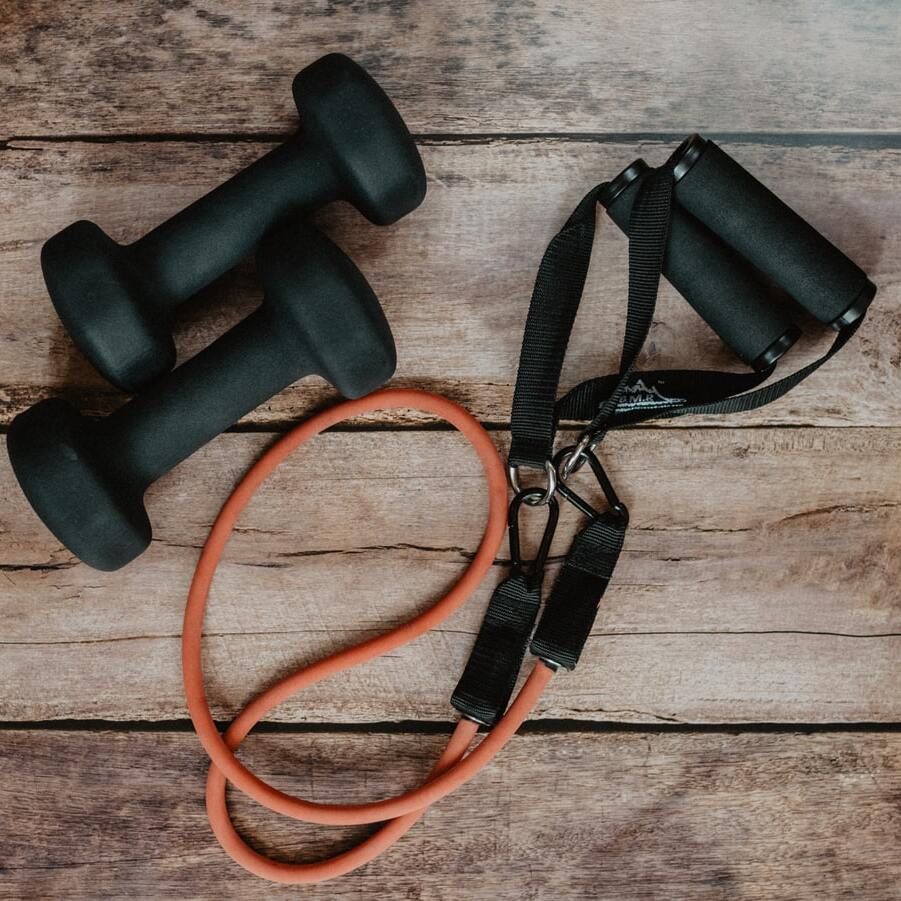Home-Based Exercise Program May Improve CV Function in Sickle Cell Patients
There was an association between exercise time and increased ejection fraction.

An exercise program intervention can benefit cardiovascular function in patients with sickle cell disease, according to a new study conducted in Brazil.
“For patients with sickle cell disease, medical recommendation was to avoid physical exercise for fear of triggering painful crises or increasing the impairment of the cardiopulmonary function,” noted the team of investigators.
“Only recently, studies have shown safety in exercise programs for this population,” they indicated. “Despite that, there is no report that assess the effects of physical exercise on cardiac parameters in patients with sickle cell disease.”
The team performed a prospective, non-randomized clinical trial that enrolled patients (n = 27) with sickle cell disease from an outpatient medical center. The enrolled population was then assigned 1:1 to either a regular 8-week home-based aerobic exercise program or a control group; all went through clinical evaluations and cardiovascular tests prior to and following the study.
Patients in the exercise cohort engaged in the program 3-5 times per week and performed warm-ups, calisthenics, flexibility, and aerobic exercises. During the first 2 weeks, patients walked 35 minutes between 60%-70% of their maximum heart rate, defined by the treadmill test.
In subsequent weeks, walking intervals increased to 40 to 50 minutes at 65%-75% of the maximum heart rate.
Per the investigators, the maximum heart rate ranges, particularly for the first 4 weeks, were chosen for feasibility and prevention of ischemia induction.
Among the exercise group, a majority (n = 9) were female and presented with the SS trait. In the control group, a majority (n = 8) were male and had SS trait. The mean age for both exercise and control groups were 29.1 and 29.8 years, respectively.
“Regarding the functional parameters, there was an interaction between time and group in relation to increased ejection fraction in the exercise group (P<0.01),” the investigators reported.
“The left ventricular diastolic function variables presented an interaction between time and group as to reduced left atrium volume index and increased E’ mitral tissue Doppler in the exercise group (P<0.05).
Even more, the program was considered well-tolerated and safe for this patient population. There were no worsening of symptoms or sickle cell crisis.
The team also noted a normalization of the ST segment in 3 of 5 patients with previous ST depression who underwent the exercise program. As such, this may indicate an improvement in myocardial perfusion linked to exercise.
Certain limitations of study included the small sample size and quasi-randomized nature of the study, as well as the utilization of a single center.
“This home-based program proved to be applicable in the daily routines of patients with SCD,” wrote the investigators, who also highlighted its convenience and inexpensiveness.
“The eight-week duration of the home-based exercise protocol was able to demonstrate improvement in functional capacity and cardiovascular function, without triggering painful crises or worsening of SCD symptoms,” they concluded.
The study, “Cardiovascular benefits of a home-based exercise program in patients with sickle cell disease,” was published on line in PLOS ONE.